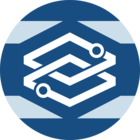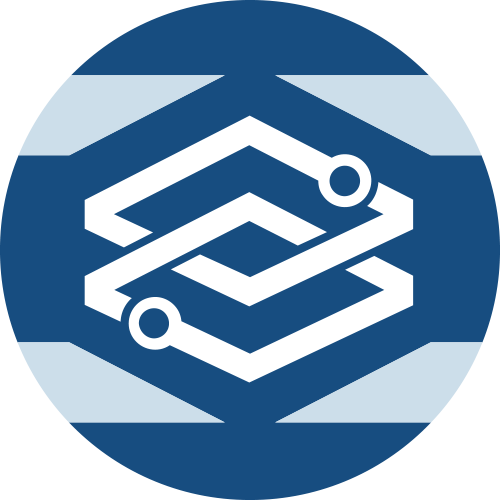Join Mike on a journey to introduce a feature of the Forward Enterprise platform called the Network Query Engine (A.K.A NQE) and why it will make your job as a network or security operator much easier. Let us know what you think about NQE; what do you see yourself using it for? If you have any questions ask them below 👇🏻
Code example used in video
Return a violation if an interface on a Cisco IOS XE device is administratively up but operationally down
foreach device in network.devices
foreach interface in device.interfaces
where device.platform.os == OS.IOS_XE
select {
deviceName: device.name,
interfaceName: interface.name,
adminStatus: interface.adminStatus,
operStatus: interface.operStatus,
violation: interface.adminStatus == AdminStatus.UP &&
interface.operStatus != OperStatus.UP
}






